The main satellite relay of North Korea’s Korean Central Television (KCTV) may have switched from a Chinese to a Russian satellite, significantly reducing the number of people who can view the broadcast.
The switch, if confirmed, comes less than two weeks after Russian President Vladimir Putin visited Pyongyang and the two countries committed to closer ties and increased cooperation, including in the media and information dissemination.
New satellite
KCTV has been relayed in high-definition via Chinasat-12 since 2020 via a signal that covered all of Asia, but on Monday morning, satellite viewers found the channel missing. It has occasionally been late on the air before, likely due to maintenance or technical reasons, but Monday’s outage is exceptional in that it lasted all day.
Sometime around time of Putin’s visit, KCTV appeared on the Express-103 satellite, according to data on Lyngsat. The website is an enthusiast-driven listing of satellite broadcasts worldwide.
Express-103 is operated by the Russian Satellite Communications Company and covers Russia and its near neighbors but totally cuts out much of Asia, Europe and Africa.
Compare the two coverage areas:
The Chinasat-12 signal covered all of Asia and the Middle East, and most of Australia, Africa and Europe:
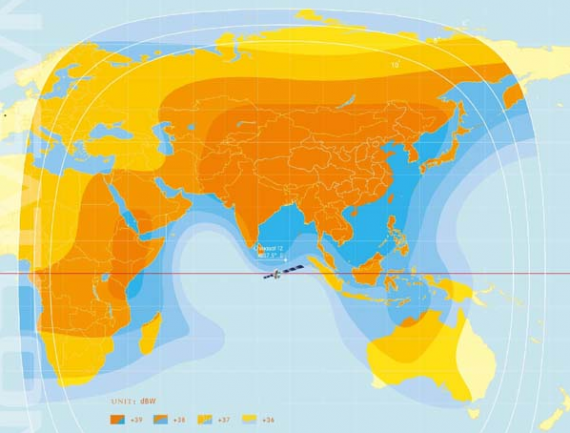
Chinasat-12 coverage (Source: Chinasat)
The new Russian relay covers a much smaller area:
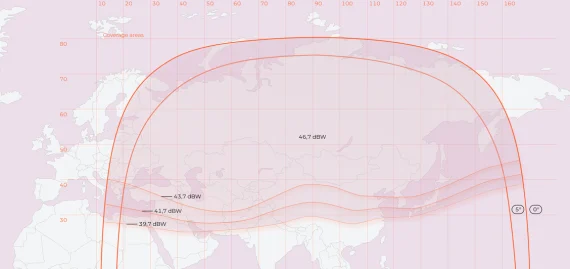
Coverage of the Express 103 satellite (Image: Russian Satellite Communications Company)
Reduced Audience
North Korean state media has made no announcement regarding a change, but they also didn’t when KCTV switched to Chinasat-12 in 2020. It’s possible the Chinasat signal is undergoing an extended outage and could return.
If the switch it permanent, it has dramatically cut the number of potential viewers to the service by several billion viewers. That makes the switch a curious choice for a service that is supposed to broadcast a polished view of North Korea to the world and contribute to a positive image of the country.
To be sure, KCTV’s primary audience was likely not large, but it was closely watched by analysts, foreign government officials, media and North Korea’s overseas diplomatic missions.
For now, a second satellite stream of the channel via Intelsat-21 to the Americas and Europe is unaffected. However, that channel broadcasts in standard definition so images are not quite as sharp and bright as the other feed.
Online Impact
North Korean TV is generally difficult to receive, requiring large satellite dishes that are at least 2-meters in diameter. For that reason, most people who see KCTV’s images do so via Internet streams or clips that are shared by a relatively small number of organizations that directly receive the satellite signal.
If the Chinasat relay has been shut down, this could affect the availability of KCTV’s images online to a wider audience.
The reach of KCTV images was already curtailed earlier this year when a main online source, the Uriminzokkiri website, was taken offline as part of North Korea’s new policy towards South Korea.

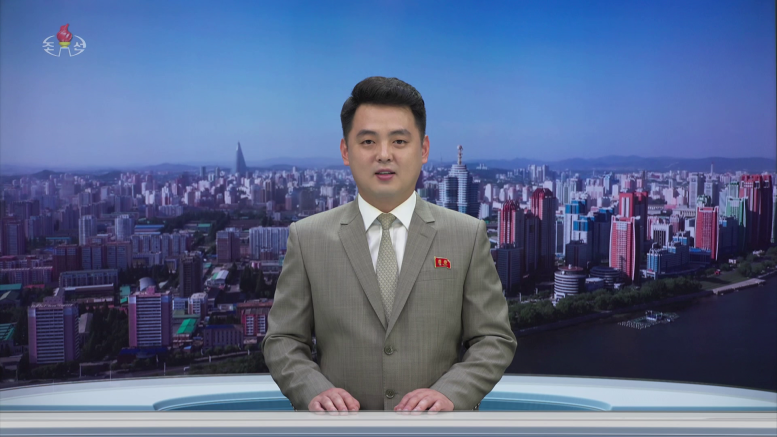
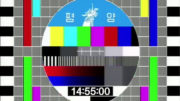
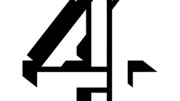


Looks like the signal has been picked up elsewhere:
https://youtu.be/O-4HmRK1N-s?si=UgFh6-3m-Pgh5S1a